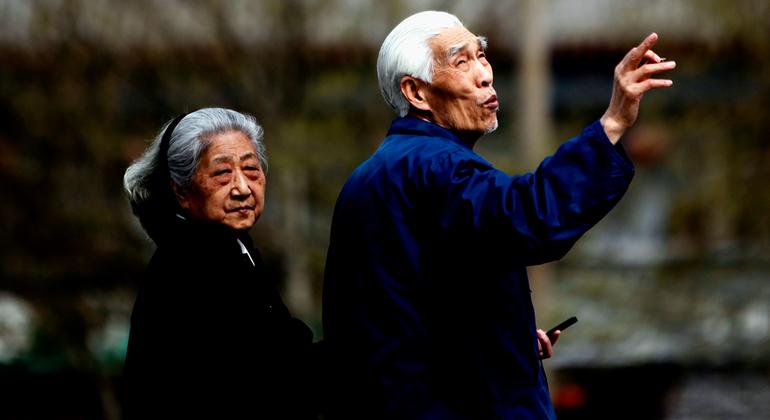
Population ageing is a defining global tendency of our time, according to the research, published by the UN Section of Economic and Interpersonal Affairs ( DESA ). While many older people are in excellent health or “economically active”, others live with ailments or in poverty. Nations can reap the benefits by giving everyone the chance to grow older in good health by promoting similar opportunities from birth. North Africa, Western Asia plus sub-Saharan Africa, are on monitor to experience the fastest development in the number of older people within the next 30 years. Today, Europe and Northern America mixed, have the highest share of this population.
Lengthier lifespans globally
The informal care sector’s considerable share to the formal economy furthermore should be properly recognized advertisement factored in, the analysis suggests. Many governments are already introducing possibilities for life-long learning, in addition to strengthening and taking complete advantage of intergenerational workforces. “Together, we can address nowadays inequalities for the benefit of tomorrow’s generations, managing the difficulties and taking advantage of the opportunities that inhabitants ageing brings , ” said Li Junhua, EL Under-Secretary-General for Economic and Social Affairs. Globally, a child born in 2021 can expect to live, on average, to age 71, along with women living longer compared to men. This is almost 25 years more than a baby given birth to in 1950.
Inequality within ageing
Increased global life expectancy reflects better health overall. The goal is to secure their well-being when older, and to increase the productive capacity from the economy. “Some combinations of these factors have too often led to systemic disadvantage that begins early in life, ” the authors noted. They warned that with no policies to prevent them, these systemic disadvantages reinforce each other throughout peoples’ lives, resulting in gaping disparities in old age. People are living longer thanks to enhancements in health and medical treatments, greater access to education and reductions in fertility.
A lifetime of disadvantage
As a result, progress toward achieving the 17 Sustainable Development Goals (SDGs) could be at risk, expressly SDG 10 on Reducing Inequalities. They are also introducing flexible retirement ages to accommodate an extensive range of personal situations and preferences. The World Social Report 2023 calls for concrete steps to support the greying global population, amidst escalating pension check and healthcare costs. “One main challenge is maintaining the fiscal sustainability of community pension systems while ensuring income security for all old persons, including workers within informal employment, ” the particular authors said.
Rethink policies, expand opportunities
The report recommends that will countries re-think long-held policies and methods associated with livelihoods and work. Additional crucial elements involve expanding decent work opportunities for women along with other groups traditionally excluded in the formal job market. Additionally, an ageing global populace also means a rise in the need for long-term treatment , a weakness exposed during the COVID-19 pandemic. Unfortunately, public spending in many countries has not been sufficient to protect the growing demand.
Pension dilemma
Authorities must also rethink social protection systems, including monthly pension provision. Life expectancy is strongly inspired by factors such as income, education, gender, ethnicity make of residence. However , the statement points to inequalities within our ageing world, because not everyone has benefited equally in the improvements in health and education that are driving this modification. In 2021, 761 million people globally were aged 65 plus older, which will rise to at least one. 6 billion by 2050. The number of people aged 8 decades or older is growing even quick er. In more developed regions, pensions and other public transfer techniques, provide over two thirds of the consumption by older persons. Their counterparts within less developed regions tend to work longer and depend more on accumulated assets or family assistance.